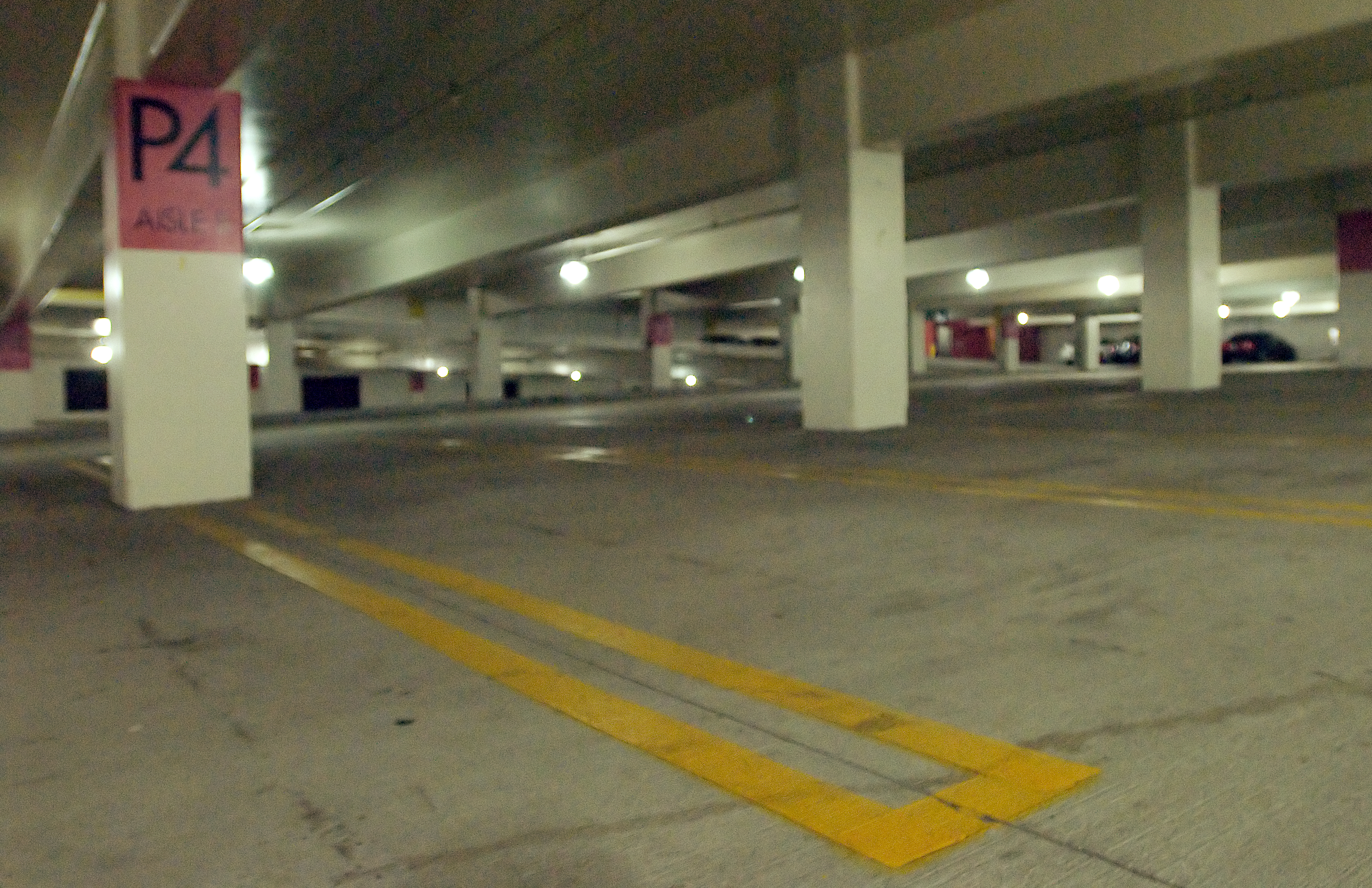Parking permit rates are set to rise, starting in January, as an increasing number of commuters are choosing environmentally friendly ways of getting to school.
Among other changes, quarterly permits for commuters will increase by $6 and for residents by $9.
Efforts to go green, including vanpools, discounted carpools and subsidies for public transportation, have led to fewer cars parking in the lots, said Renee Fortier, director of UCLA Transportation.
Fortier said increases in operation costs as well as repairs to old structures also contributed to the decision to increase fees.
The UCLA parking structures, which serve 8,000 to 9,500 permit holders yearly, are self-sustaining and depend on parking fees to maintain their operations, Fortier said.
UCLA Transportation also spends $6.5 million per year subsidizing alternative transportation to encourage drivers to leave their cars at home, in an effort to reduce traffic and pollution in the L.A. area, said Sam Morabito, UCLA administrative vice chancellor.
However, the push for alternative transportation has created a conflict between being environmentally friendly and selling more parking spaces, but one goal is to reduce the amount of traffic in the general L.A. area, Morabito said.
“If we make it easier for students to bring cars, we’ll receive criticism for increasing pollution and trips into the area,” Morabito said.
Seventy-five percent of commuters already use alternative transportation, according to the annual student transportation survey.
“People will decide for themselves whether they want to take a bus or ride their car,” Fortier said. “For now, they are choosing the economic alternative which also happens to be environmentally friendly.”
Although the success of green efforts has reduced the number of people driving to campus, people who do not use alternative transportation and still have to drive to UCLA are now faced with fee increases.
“I think it’s great they put the effort into being environmentally friendly, but there has to be a better solution than charging students more,” said Elizabeth Rolando, a library and informations studies graduate student who also experienced parking increases as an undergraduate at UCLA.
While UCLA has not had a wait list for parking since 2004 and Morabito said any student who wants parking can get it, 1,200 unsold spaces remain scattered across the parking system.
However, 400 of these spots are open because of construction on Structure 8, and 300 other spots will be filled in with the completion of the Weyburn Terrace Graduate Student Housing project, Fortier said.
She added that several hundred of the empty spaces will be filled in by contractors working on the Hill this winter.
While UCLA Transportation seeks ways to cover increasing costs despite decreasing parking permit sales, Jasmine Hill, president of the Undergraduate Students Association Council, suggested alternative parking plans that might encourage more people to buy the empty parking spaces.
Hill proposed a plan in which, instead of being limited to parking in one lot as they are now, students could park in multiple lots on different days. This would allow them to park closer to the classes they need to attend.
But while Hill wants to decrease prices for students, university officials said that might be more trouble than it’s worth.
“From a purely economic standpoint, it’d be better to have those spots filled, but from an environmental standpoint it might not be what we want to do,” Morabito said.
Fortier said UCLA Transportation cut costs in as many ways possible and had already deferred fee increases twice, recognizing the difficult economic period some students were going through.
“Fee increases are never welcome, but we did try to defer them as long as we could,” she said.
